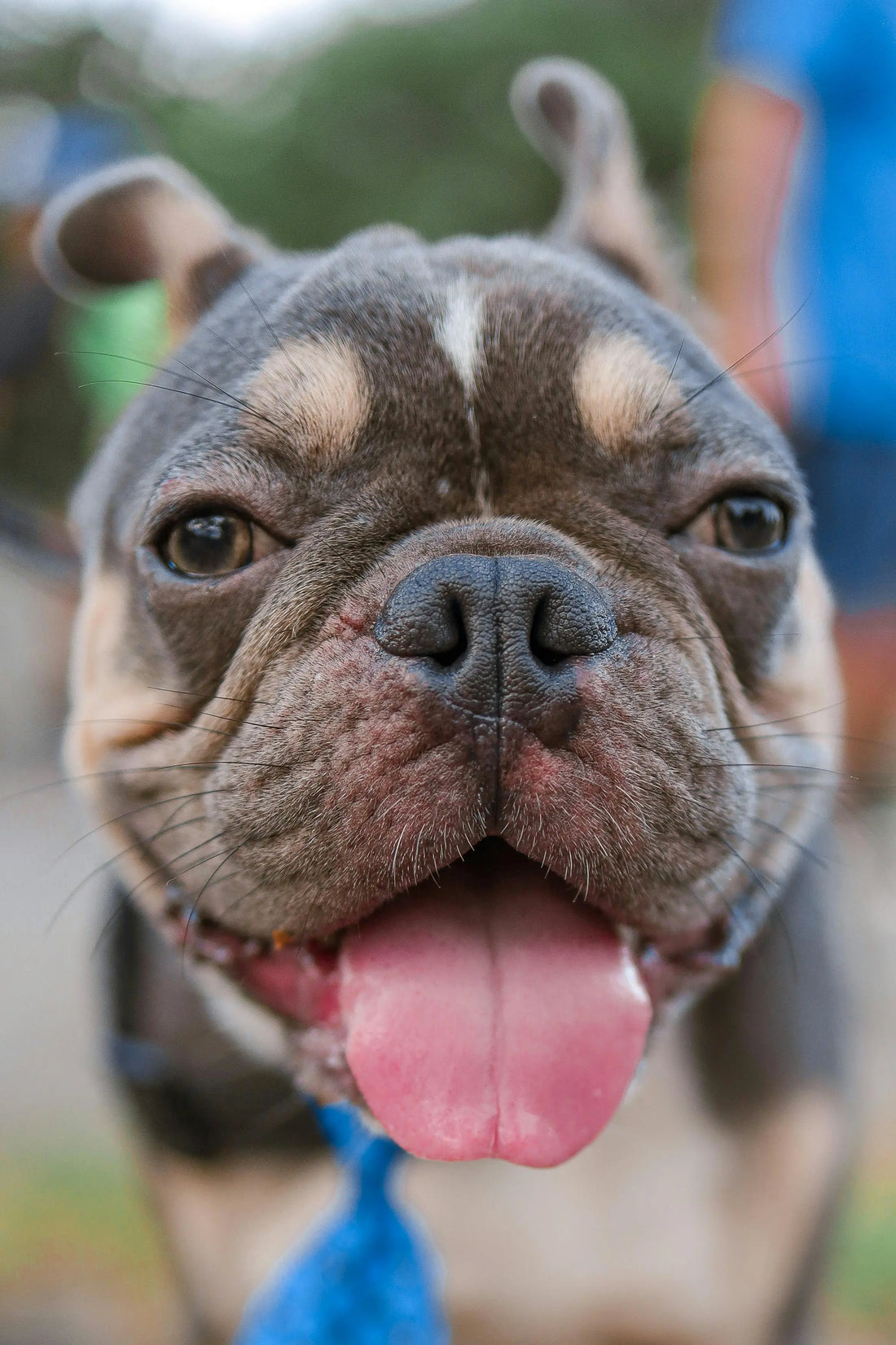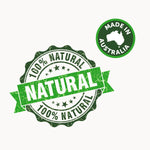
Dog Dry Nose: Causes, Cracked Nose Treatments & Prevention Tips
It’s not pleasant seeing your dog in discomfort because of a dry, cracked, or crusty nose. Not only is this uncomfortable for the dog, but it can also be a sign of an underlying health condition. In this article, we'll explore the causes of dry and cracked noses in dogs, as well as potential treatments.
Given the significance of a dog’s snout to every aspect of their life, it’s important as pet owners we take appropriate measures to keep a dog’s nose in healthy condition!
Causes of a Dry or Cracked Dog Nose: What Causes Dry, Cracked and Crusty Dog Noses?
There are a number of reasons your dog may be experiencing a dry, cracked or crusty nose. If other symptoms present besides a dry nose, then you may wish to consult a vet to get a proper diagnosis. In most cases, where a dog solely has a dry, cracked or crusty nose, it could be caused by one of the following.
Hyperkeratosis
Dog nose hyperkeratosis is a condition in which the skin on a dog's nose becomes thick, crusty, hard or even horny in appearance. It is caused by an excessive build-up of keratin, a protein found in the skin and nails, which can lead to a leathery or cracked appearance on the nose.
The condition can be uncomfortable for the dog and may also lead to skin infections. It is a common issue that can have a variety of underlying causes, including genetics, allergies, bacterial or fungal infections, trauma, vitamin deficiencies, or a hormonal imbalance. In some cases, the cause of the hyperkeratosis may not be known.
Allergies
Allergies can be another cause of dry nose in dogs. The dog’s immune system may over-react to an allergen such as pollen, mould, dust mites or food. This is often accompanied by other symptoms including sneezing, coughing, itchy skin, watery eyes, and a runny nose. In some cases, the affected area may become red and inflamed. If it is a diet related issue, then a closer look at what your dog is eating is required.
Removal of high allergenic foods is the first step. These are often found in highly processed dry foods and kibble. Additives, preservatives, and fillers can cause allergic reactions and vitamin deficiencies in dogs.
Weather Conditions
Winter can be a trying time for humans and dogs alike. Just like how our lips are susceptible to drying and cracking during winter, or when it’s dry, windy or extremely hot, so is a dog’s nose. Despite their resilience to many weather conditions, a dog’s nose can still experience windburn and sunburn. Protection is key in these circumstances.
Bacterial Infections
If your dog has a dry, cracked or crusty nose, but it's presenting with other symptoms like bleeding or excessive mucus, then there's a high chance it may have a bacterial infection. Bacteria are commonly found in the environment and can be spread from dog to dog, or from the environment to the dog. Treatment of canine nasal hyperkeratosis typically involves antibiotics to control the bacterial infection, as well as topical medications or creams to reduce inflammation and moisturise the skin.
How to Treat and Prevent a Dog’s Dry Nose
Prevention is key but sometimes it's not always possible. Below we detail what measures you can take to prevent dry and cracked dog noses, as well as the best natural treatment option.
Feeding a Proper Diet
A raw food diet is the best way to go to keep your dog healthy, along with preventing issues like a dry and cracked nose. Your dog’s overall health will always reveal itself through external factors like the health of its skin and coat. This article goes into more depth about what is a raw food diet.
When you're dog is eating a biologically appropriate diet, free from modern chemicals, preservatives, additives and common allergens (like wheat and soy), you are giving it the best chance to thrive.
Keeping the Dog Hydrated
Make sure that your dog has access to plenty of fresh, clean water and encourage them to drink often. When transitioning your dog to a raw food diet, however, don’t be surprised if they start consuming less water. This is natural, as raw dog food is naturally higher in water content and more hydrating than dry kibble. Imagine the difference in your own water consumption is you were to eat only dry biscuits compared to a diet with a variety of fresh fruits and vegetables?
You can also regularly offer your dog a bowl of bone broth, or mix bone broth in with their food, to encourage them to drink more and stay hydrated. Bone broth is filled with collagen and amino acids which contribute to a healthier coat and skin. Our convenient, ready to serve chicken, beef and lamb bone broths make it easy if you don’t want to make your own bone broth. If you are up for making your own, then our selection of dog bones are perfect for this.
Applying a Dog Nose Balm
Snout Soother is a naturally formulated nose balm for dogs used to treat and prevent painful, dry, crusty, chapped, cracked, and bleeding dog noses. It’s made with a combination of organic, vegan, nourishing, healing, and moisturising ingredients, all carefully chosen for their optimal healing benefits and for natural wind and sun protection. It works much faster and more effectively than other home remedies like coconut oil.
Snout Soother is scentless, so it won’t upset or dysregulate their natural smell. This is an important point to highlight. Be careful using any sort of scented cream on your dog’s nose. Our four-legged friends don't appreciate fragrances like we humans do!
Snout Soother is available in a tin or stick for easy application.
Is a Dry Nose in Dogs Serious?
Not always. Many dogs will have a dry nose at different times of the day, especially after sleeping, being out in the weather, or lying near a heater. A dry nose becomes a concern if it’s consistently cracked, crusty, bleeding, or paired with other symptoms like lethargy, loss of appetite, or discharge. In those cases, it’s best to see a vet to rule out conditions such as infections, allergies, or hyperkeratosis.
Can I Use Coconut Oil on My Dog’s Nose?
While some owners do use coconut oil, it’s not the best option. Coconut oil is scented and can irritate a dog’s sensitive sense of smell. Dogs may also lick it off quickly, which reduces its effectiveness. A better choice is a natural, unscented nose balm that’s designed specifically for dogs. Products like Snout Soother are formulated to moisturise and protect without overwhelming their sense of smell.
Does Raw Food Help With Dry Dog Noses?
Yes, feeding a raw diet can help improve your dog’s skin, coat, and nose health. Raw food is naturally rich in moisture, unlike dry kibble, which helps keep dogs better hydrated. It also avoids common allergens and artificial fillers that can contribute to skin and nose issues. Many pet owners notice improvements in overall skin condition and reduced dryness once their dogs switch to a biologically appropriate raw diet.
At the end of the day, in most cases, a dry or cracked dog nose can be easily treated. Always monitor the health of your dog and consult your vet if you're concerned of a deeper, underlying health condition.
